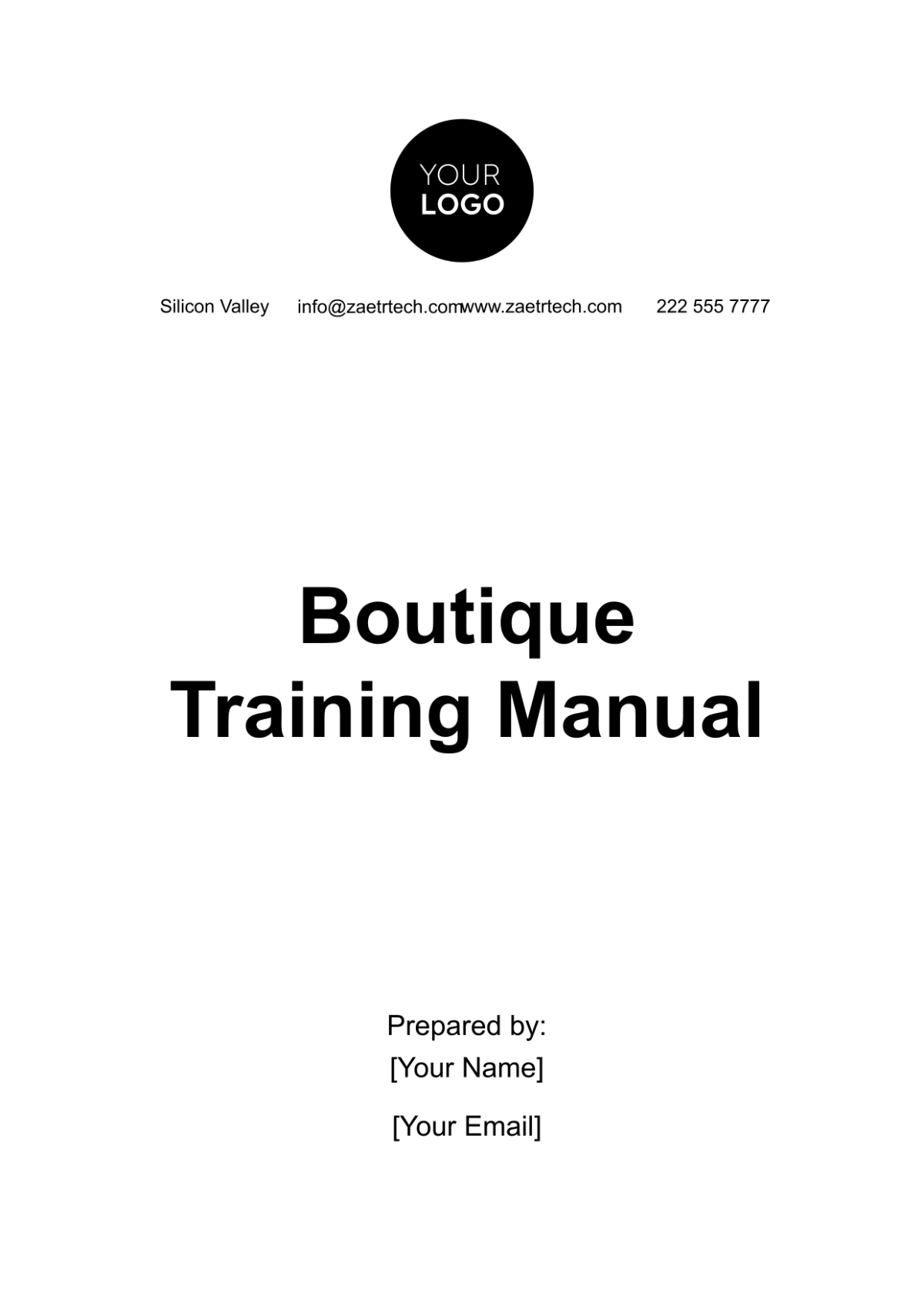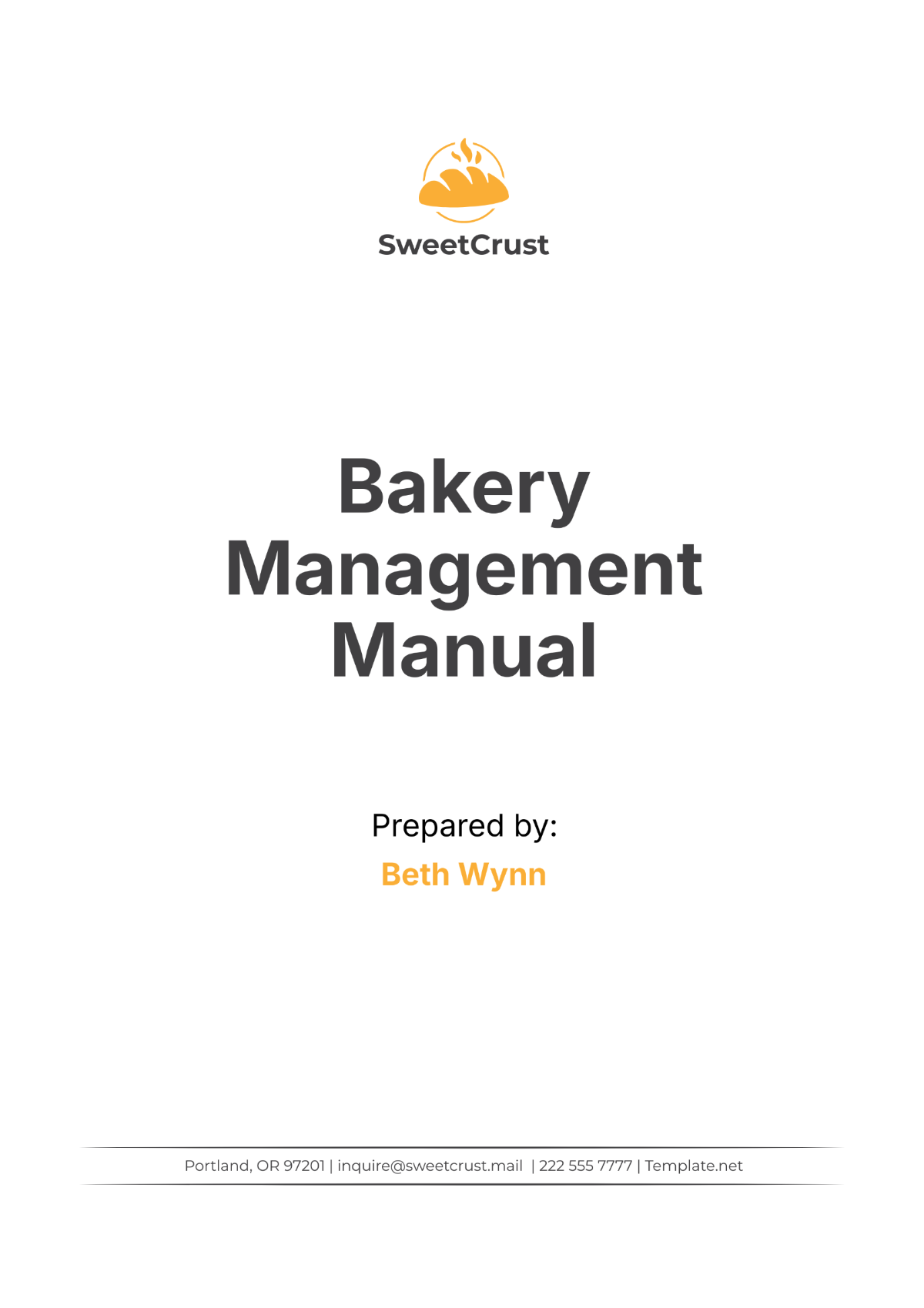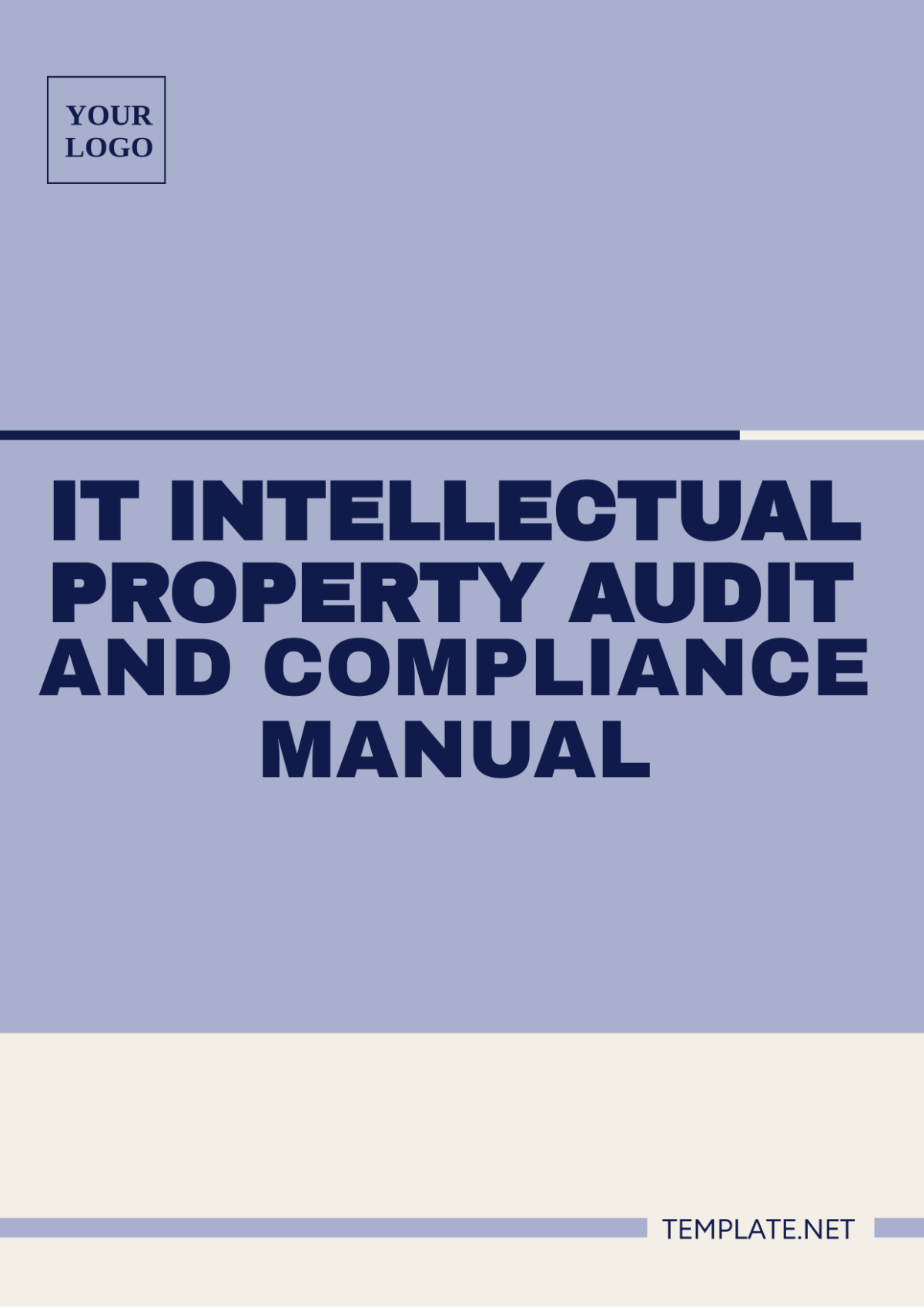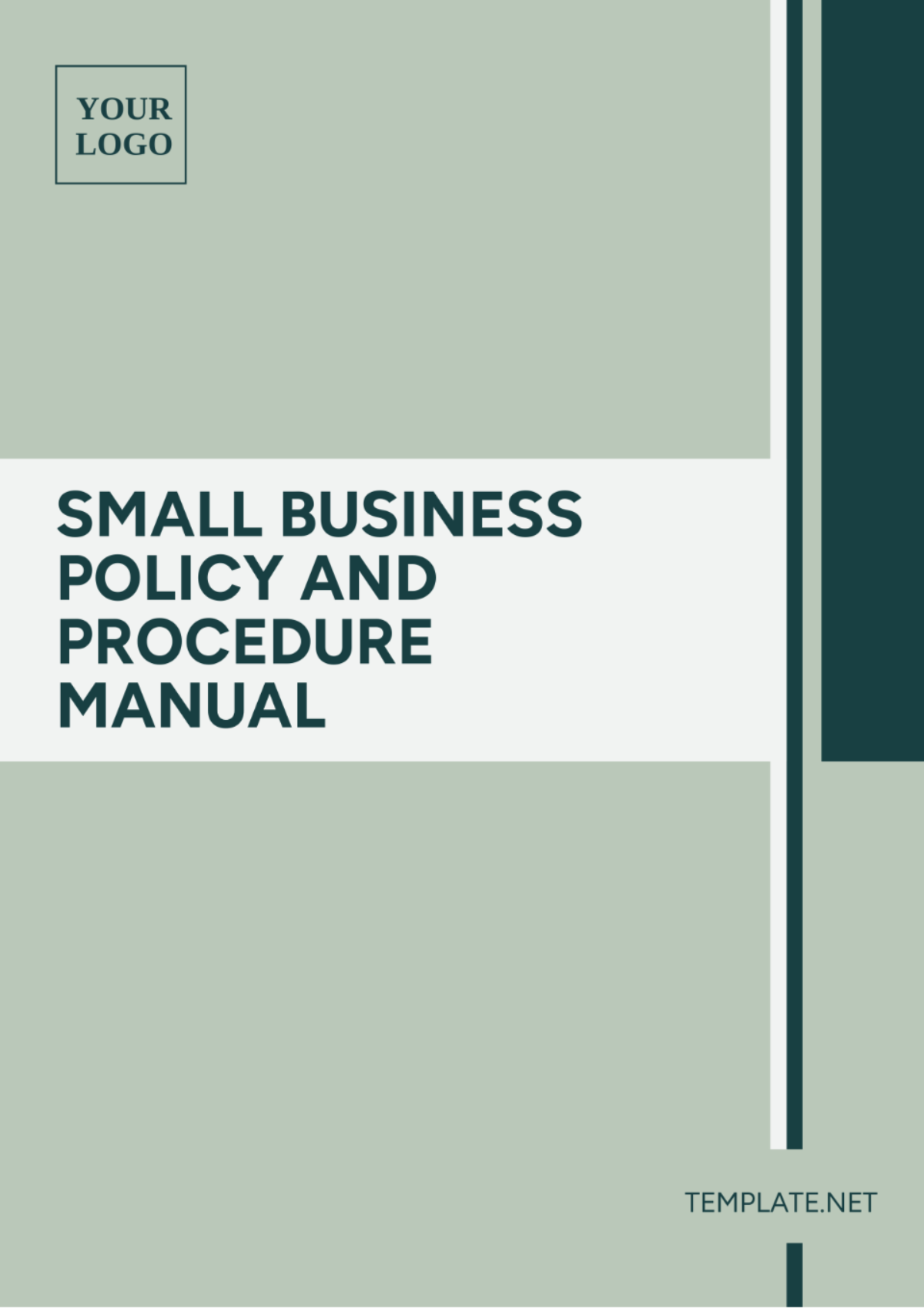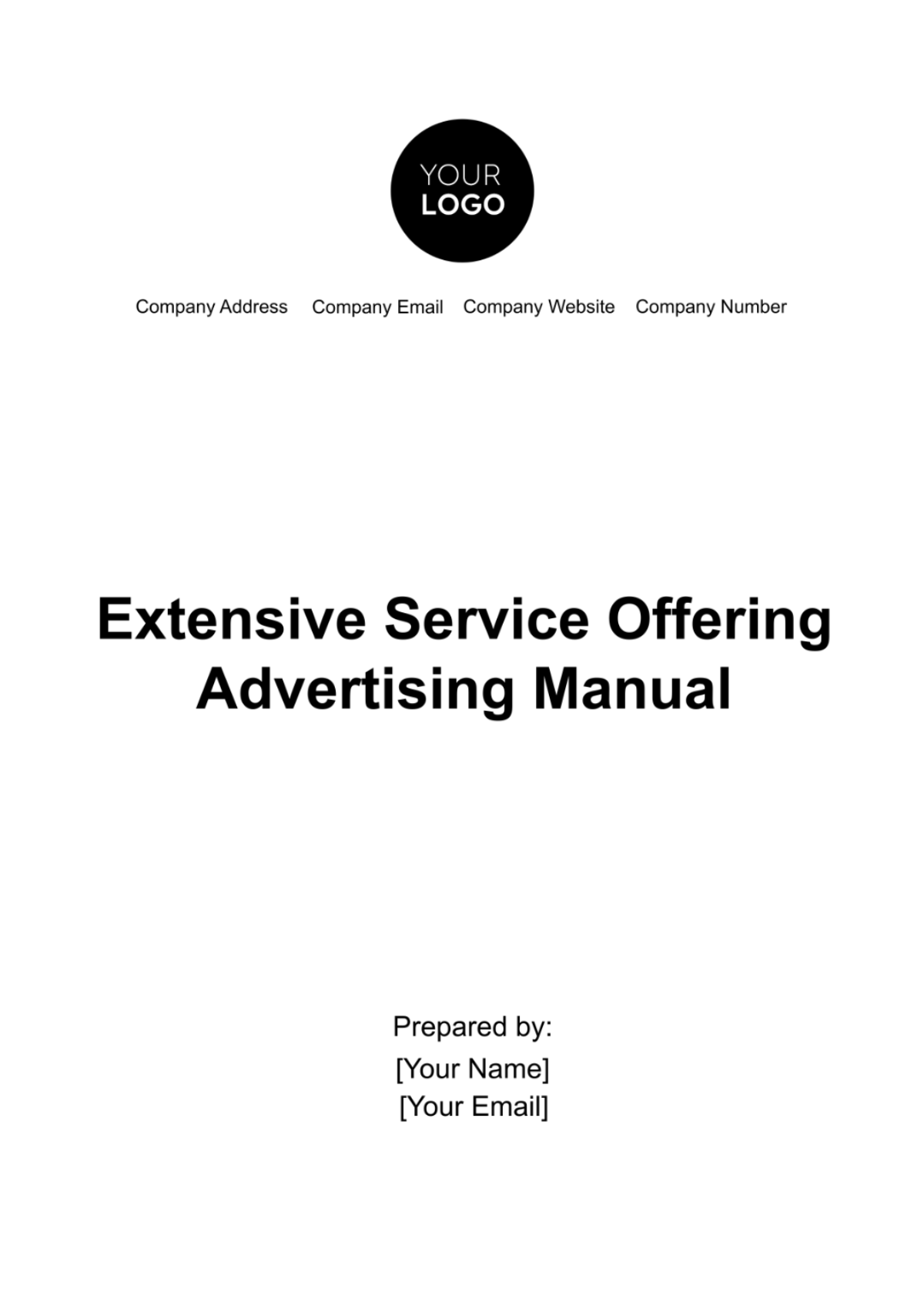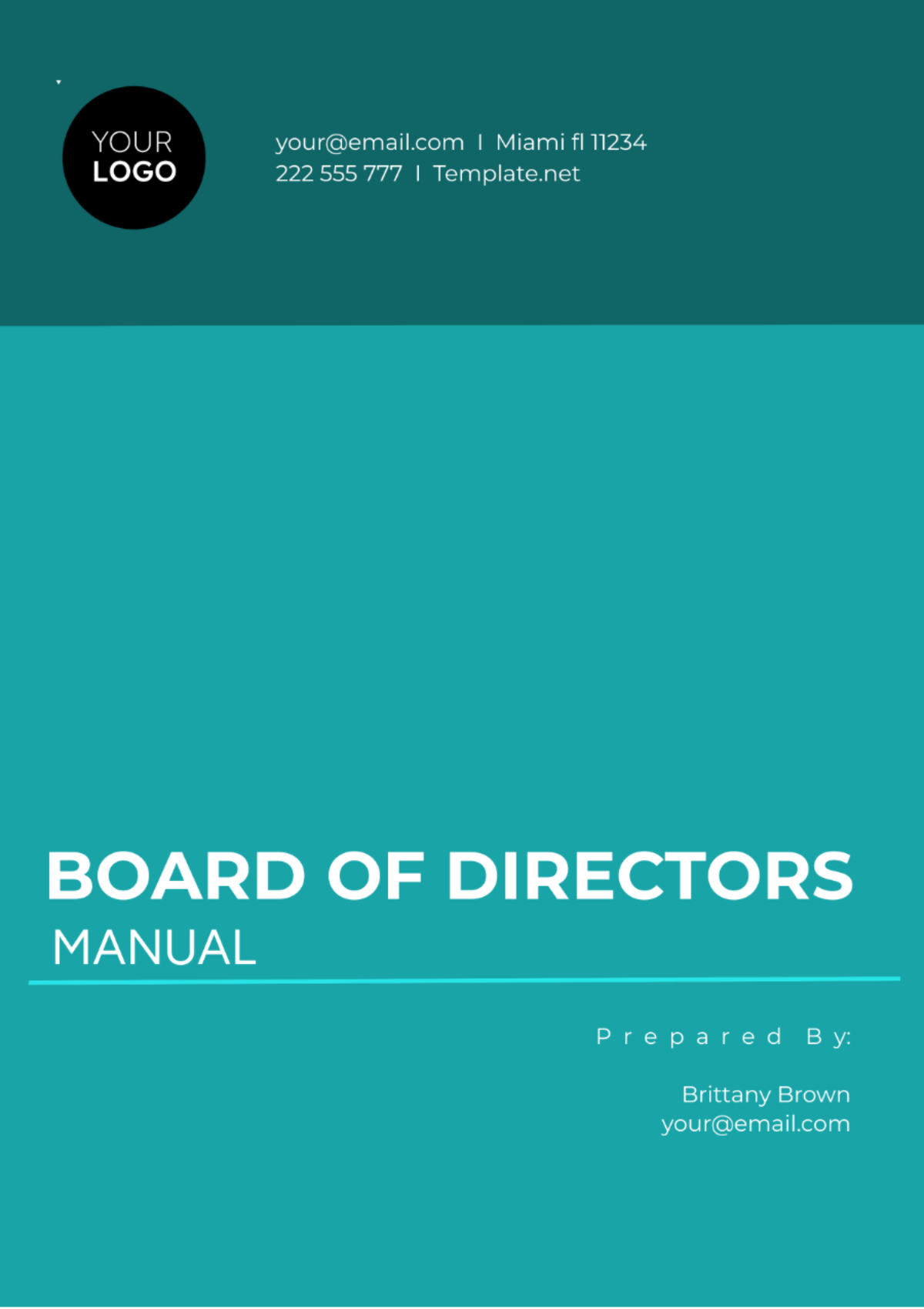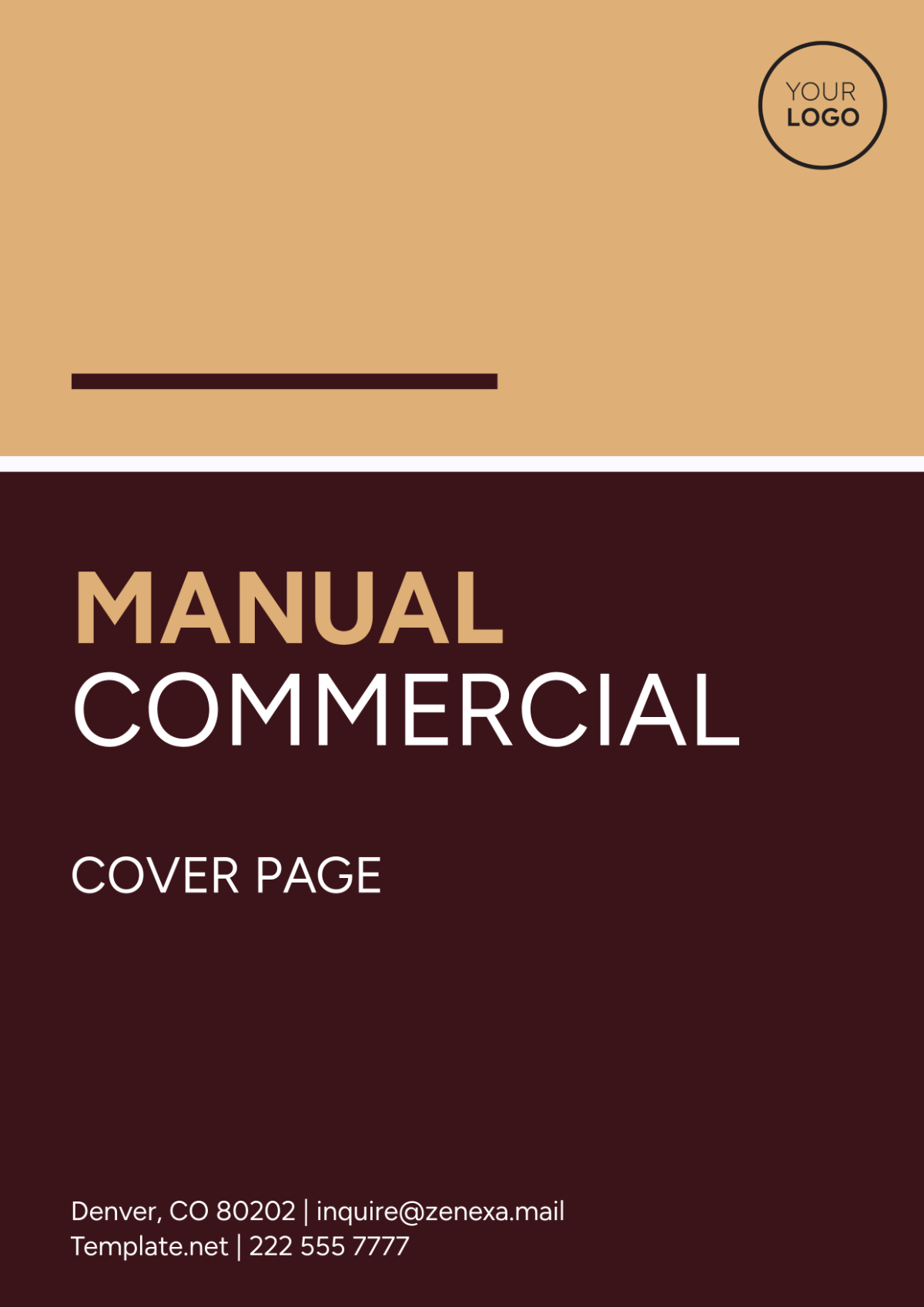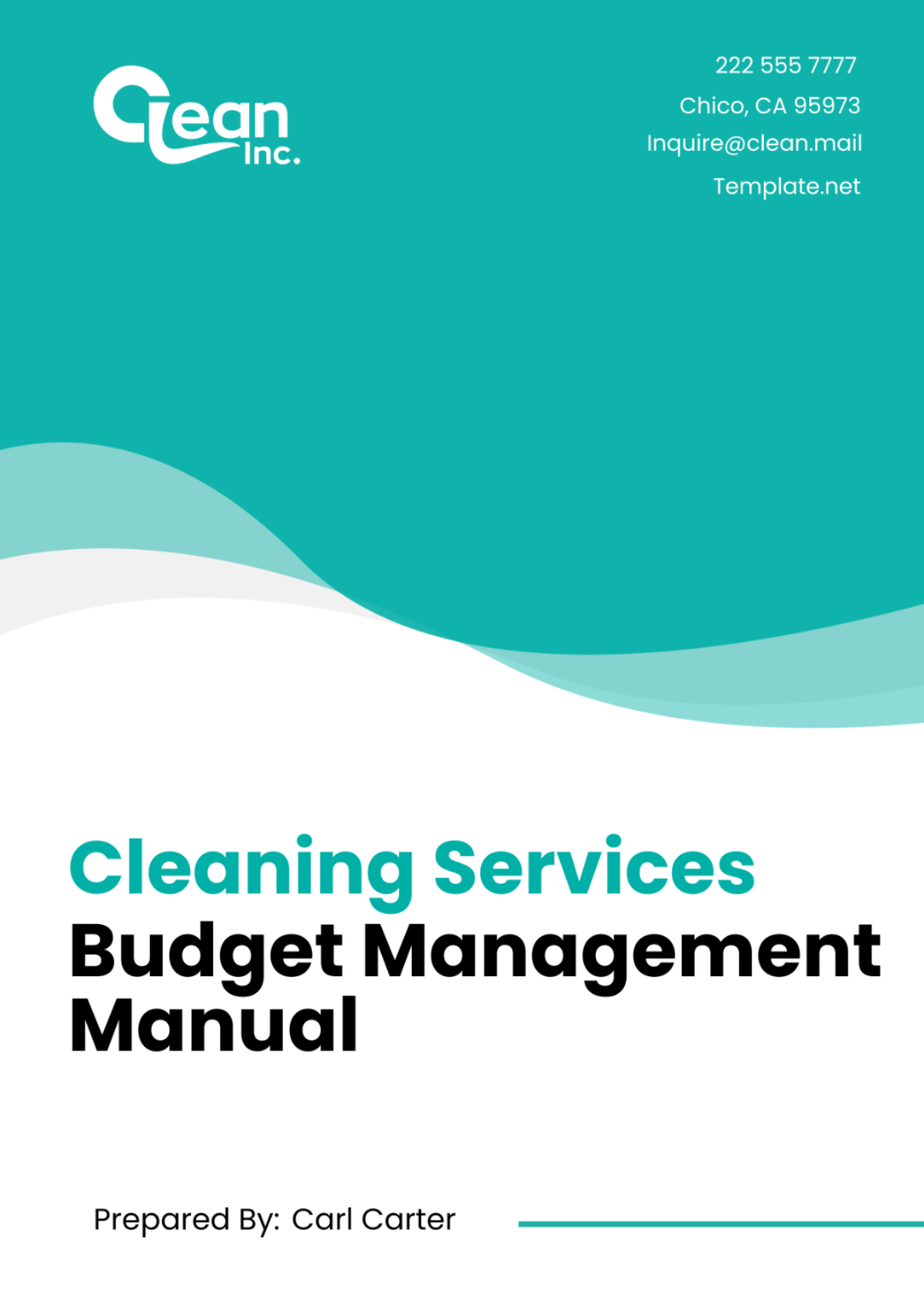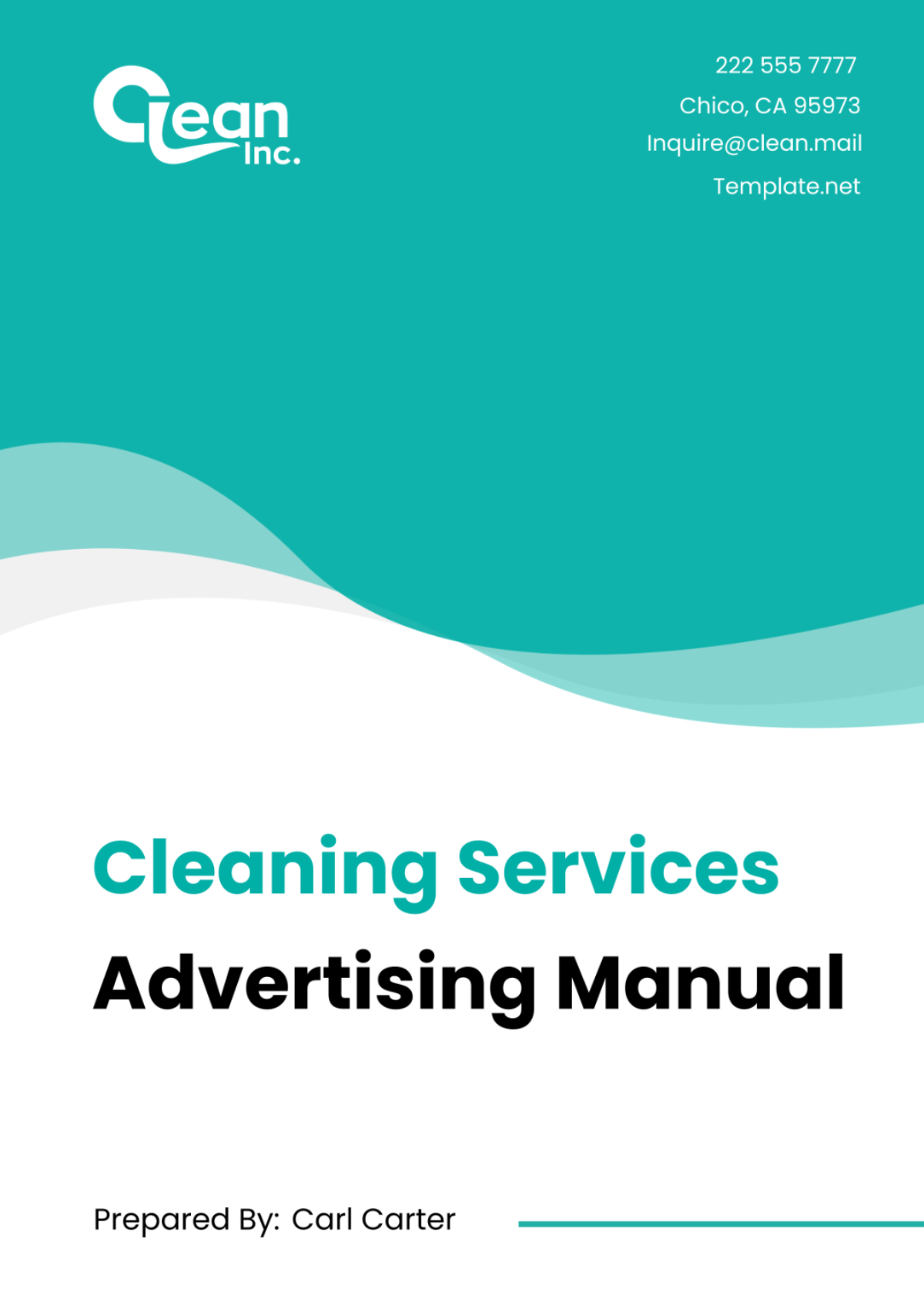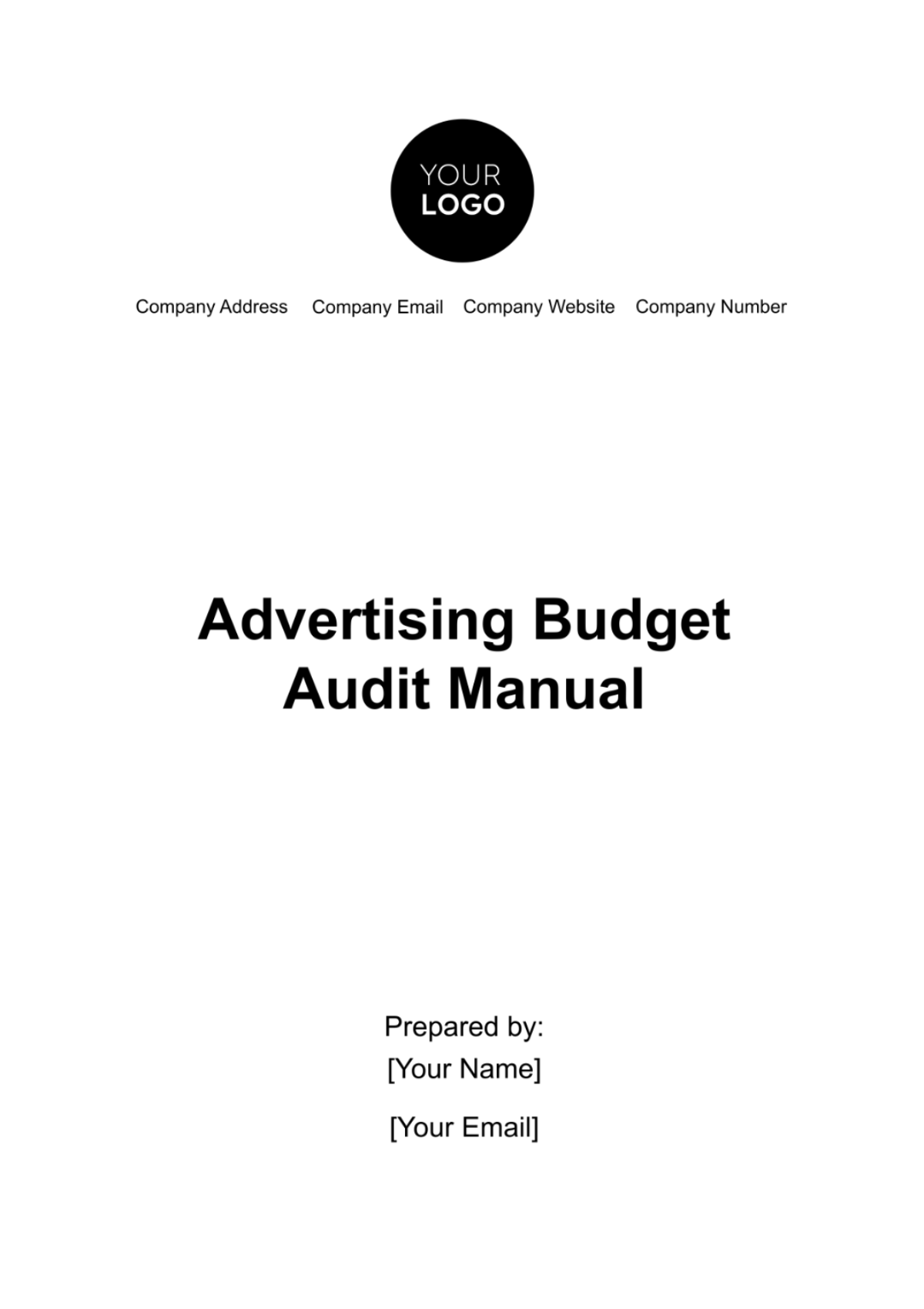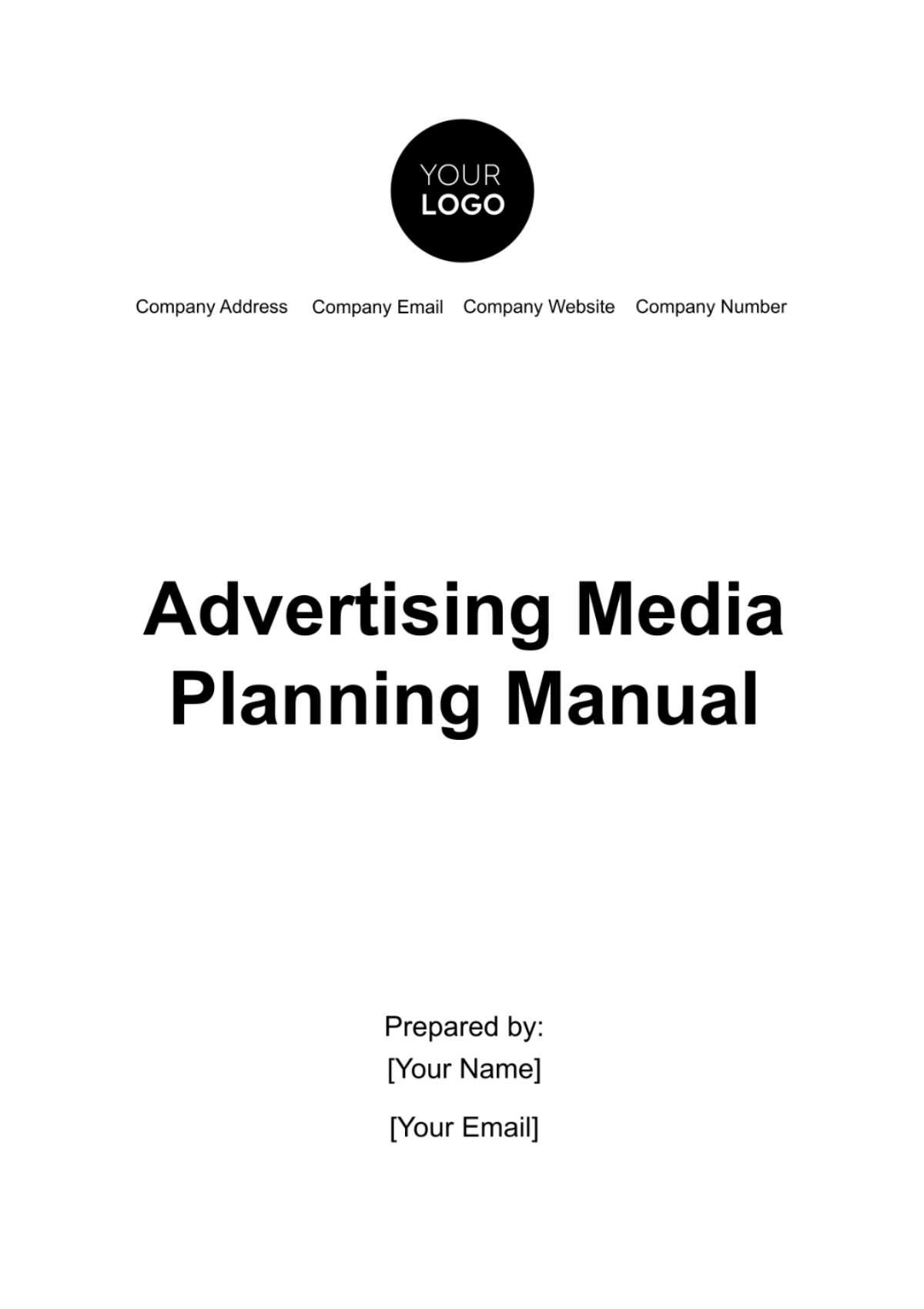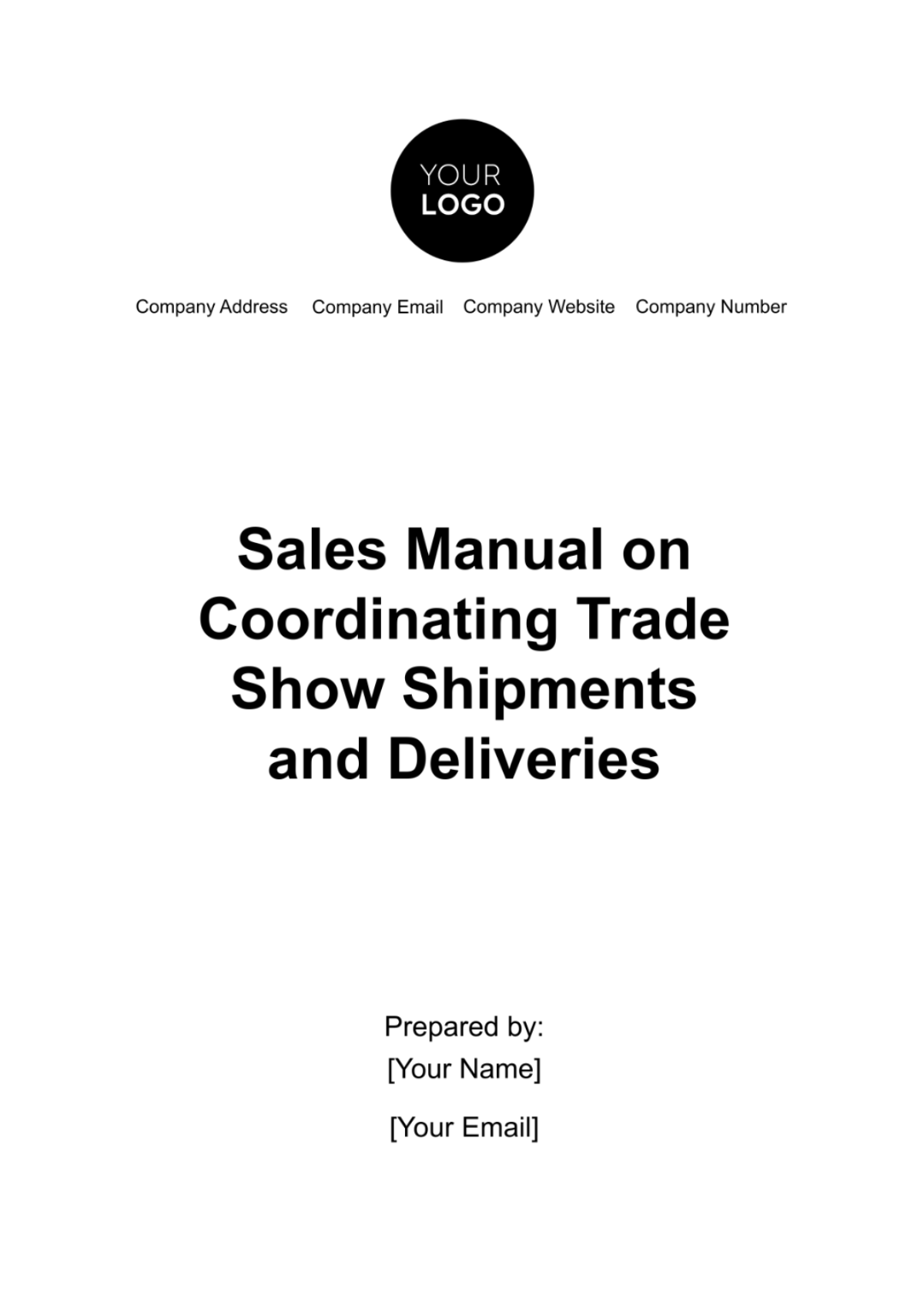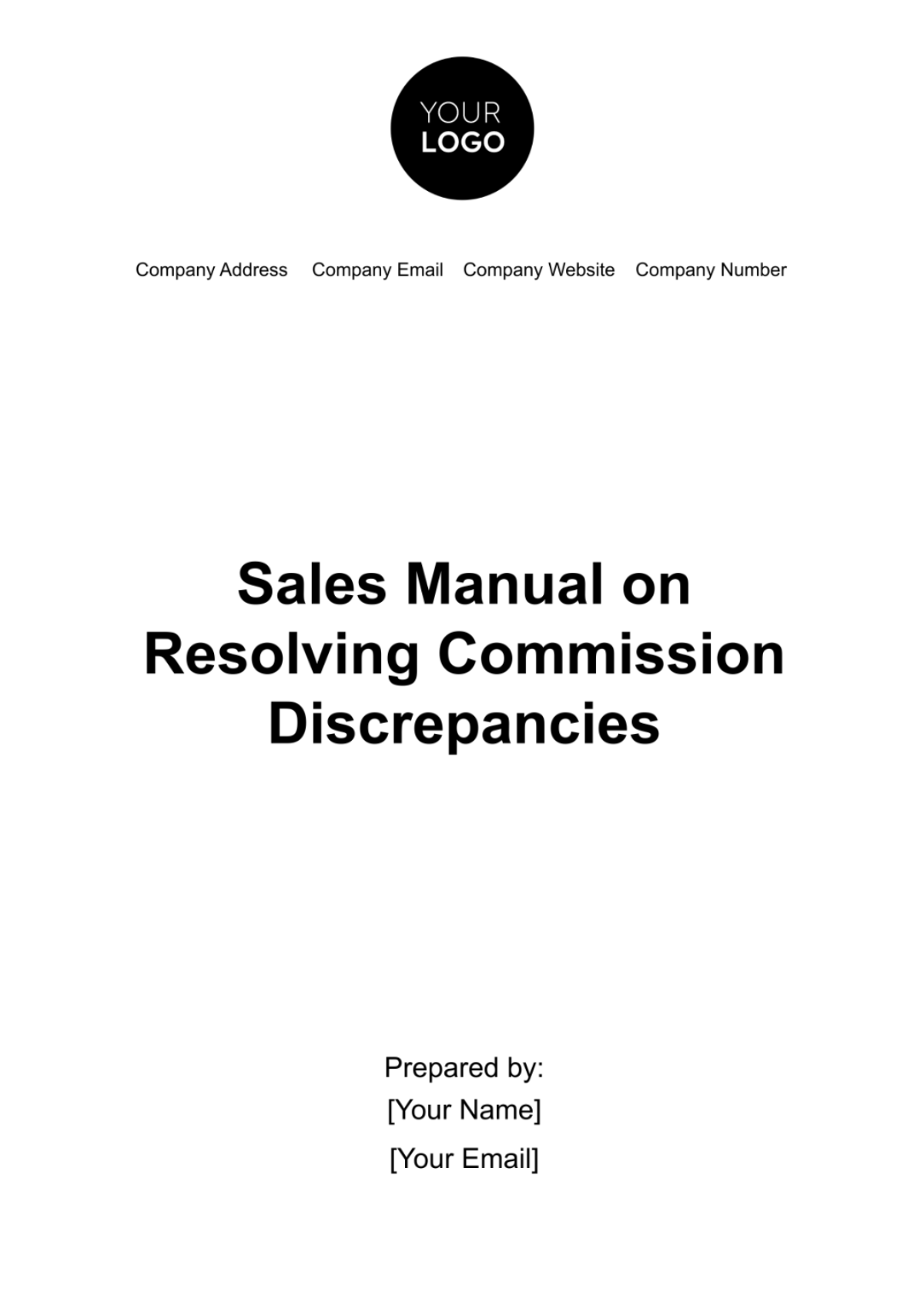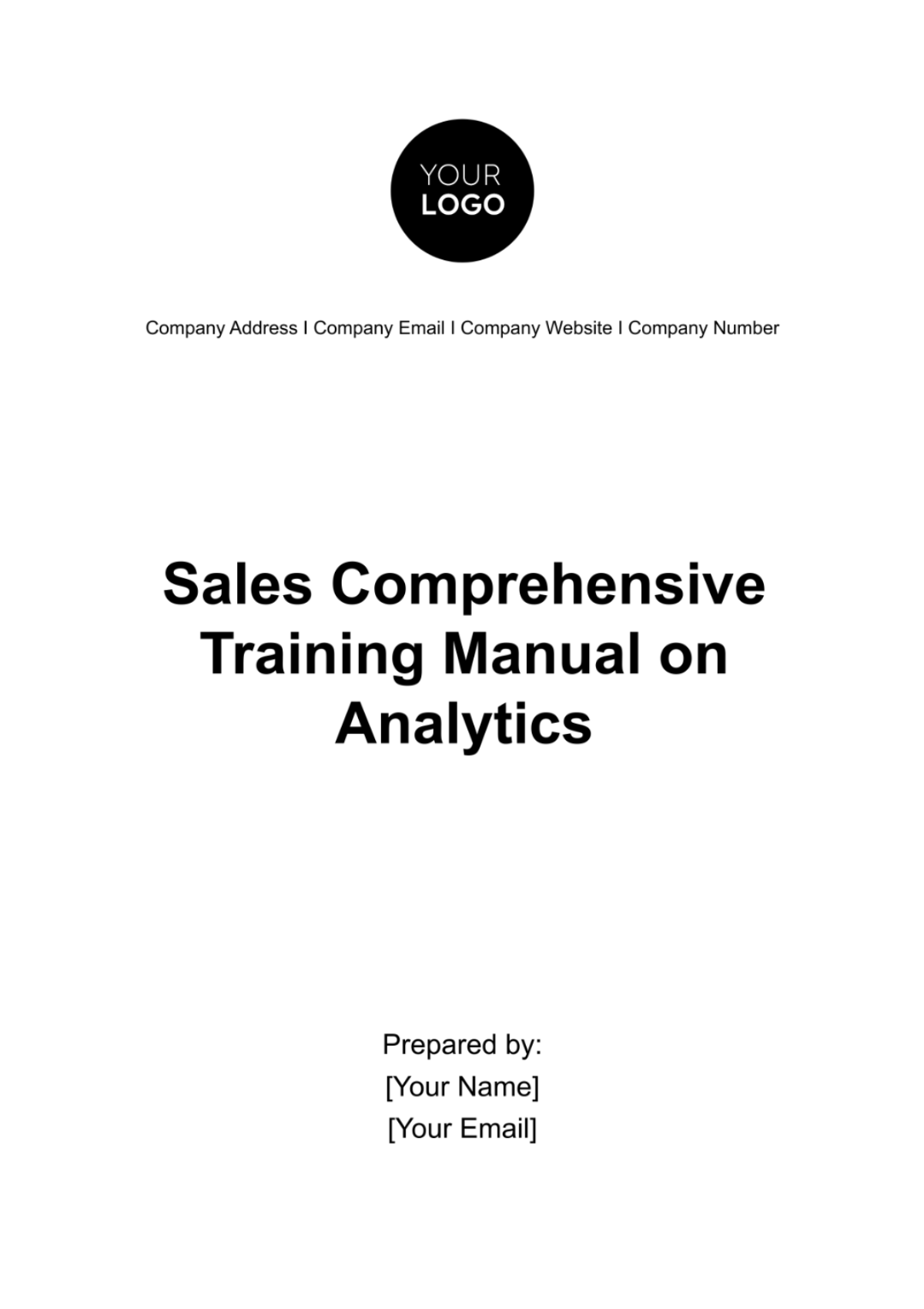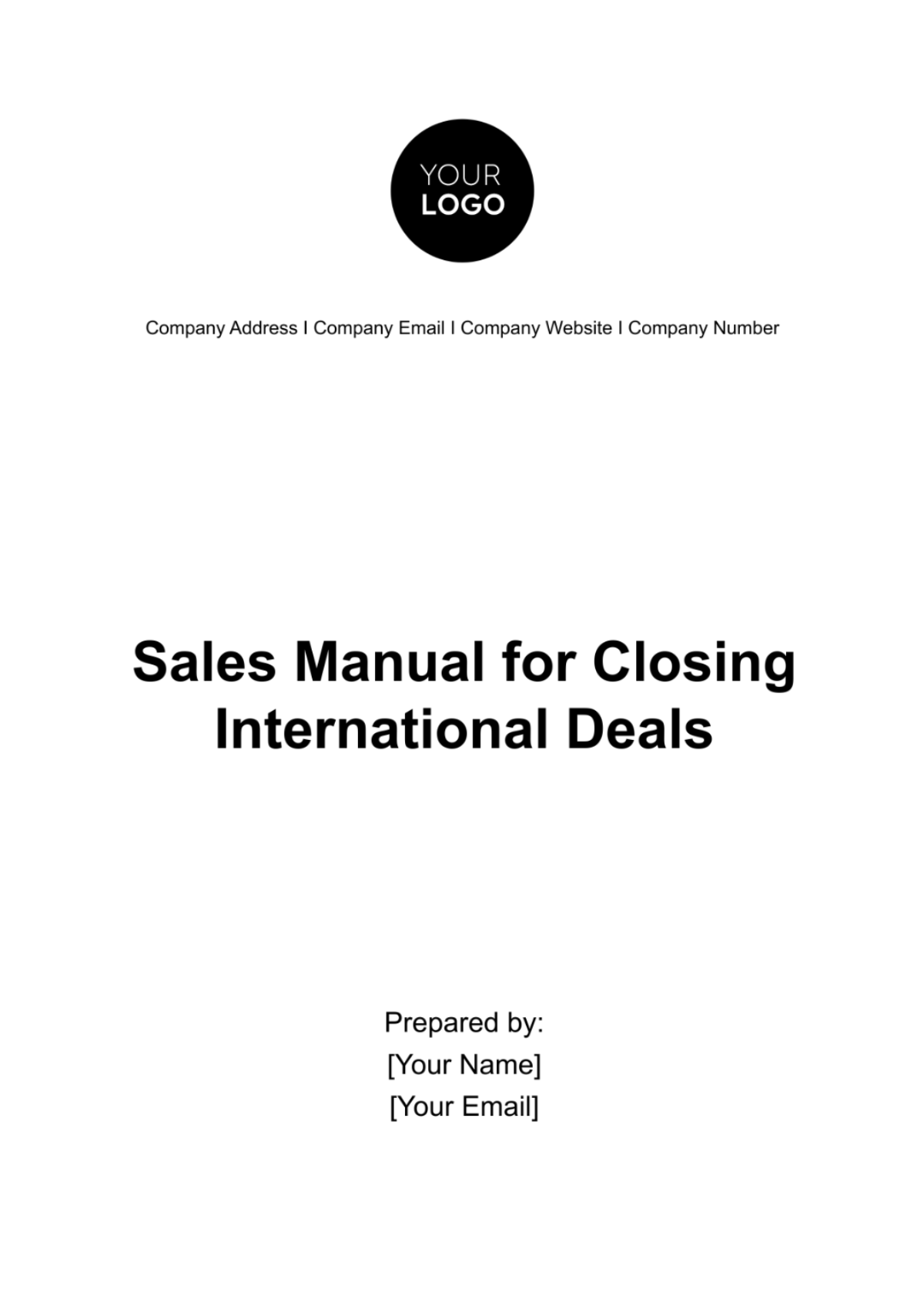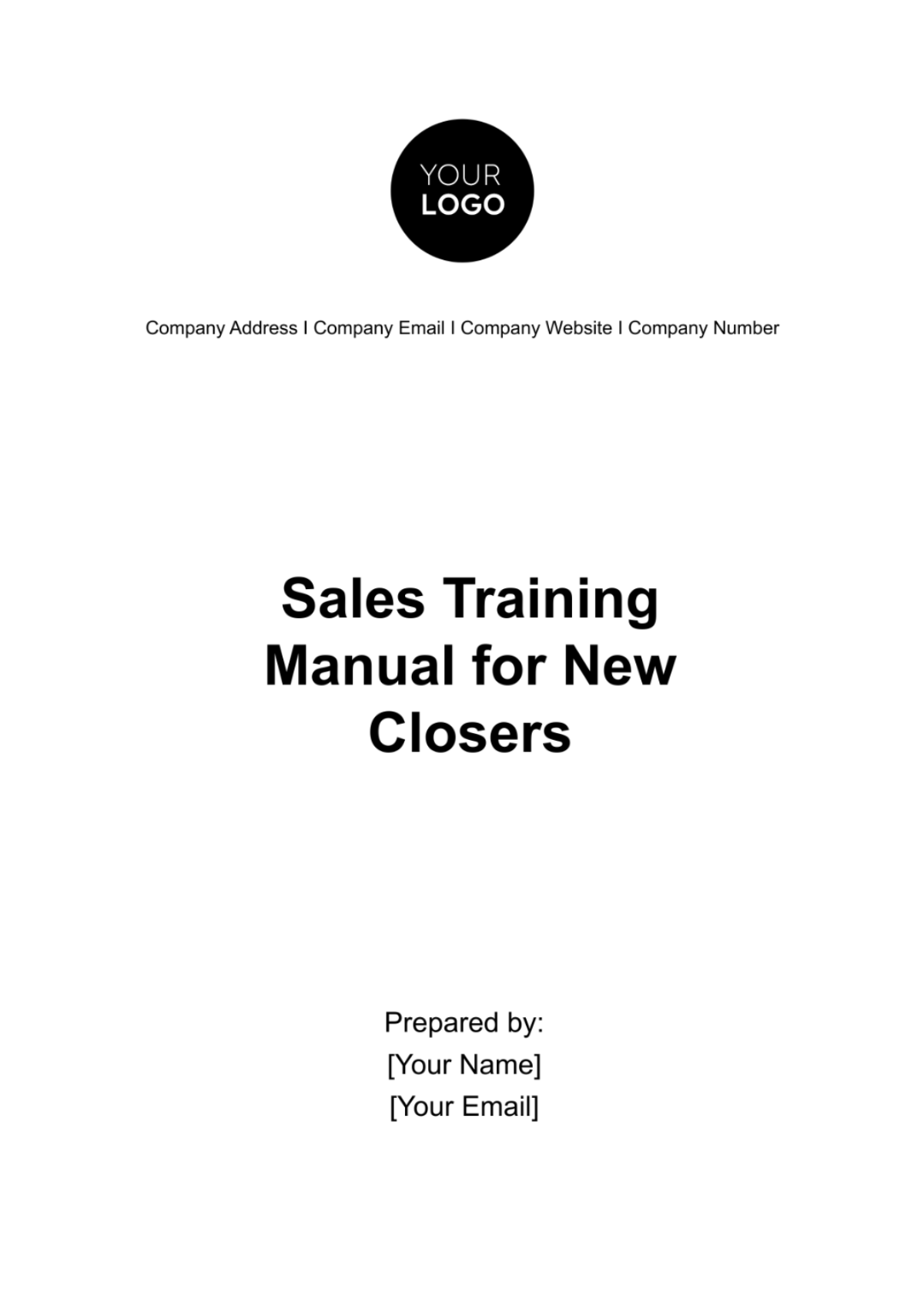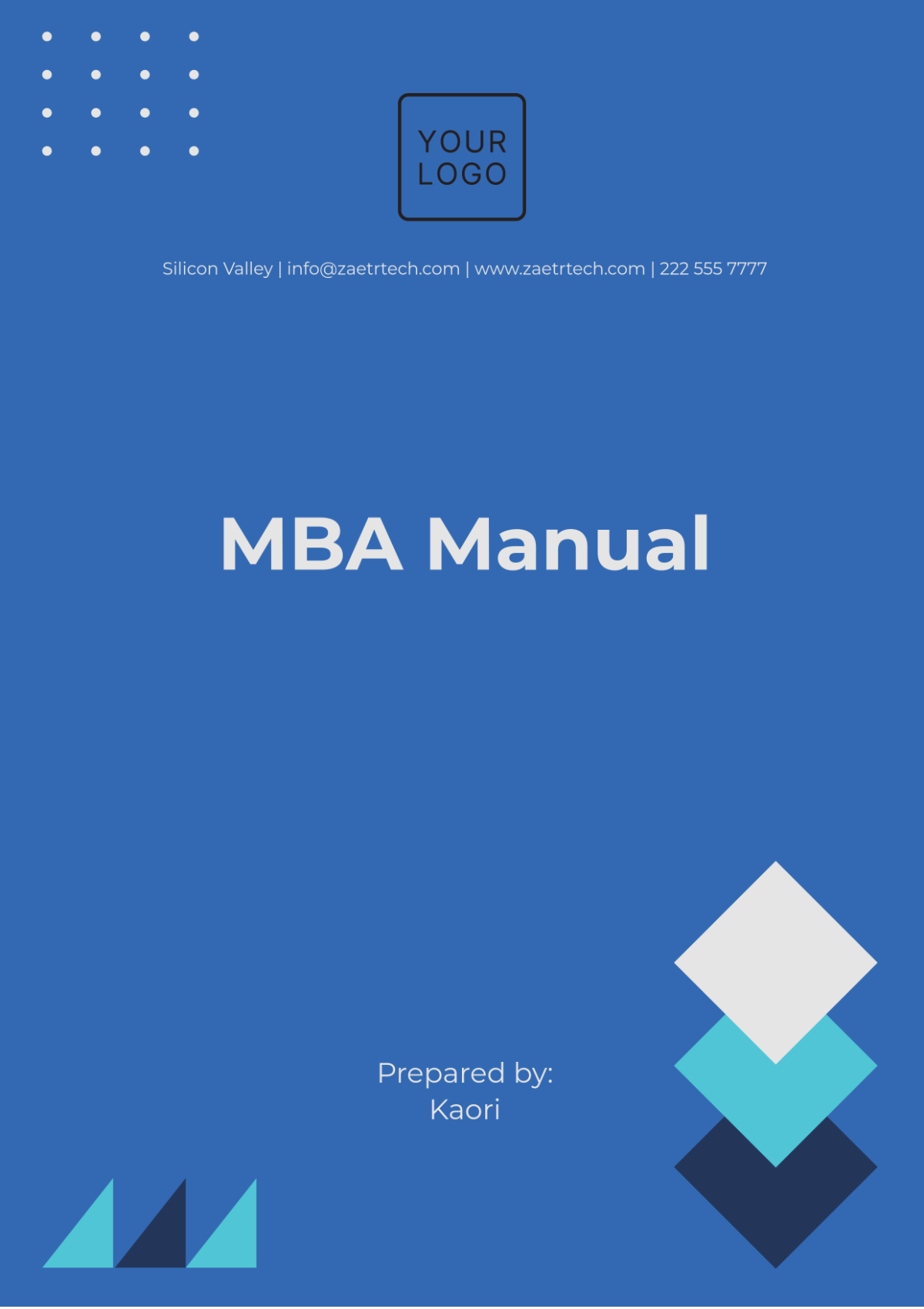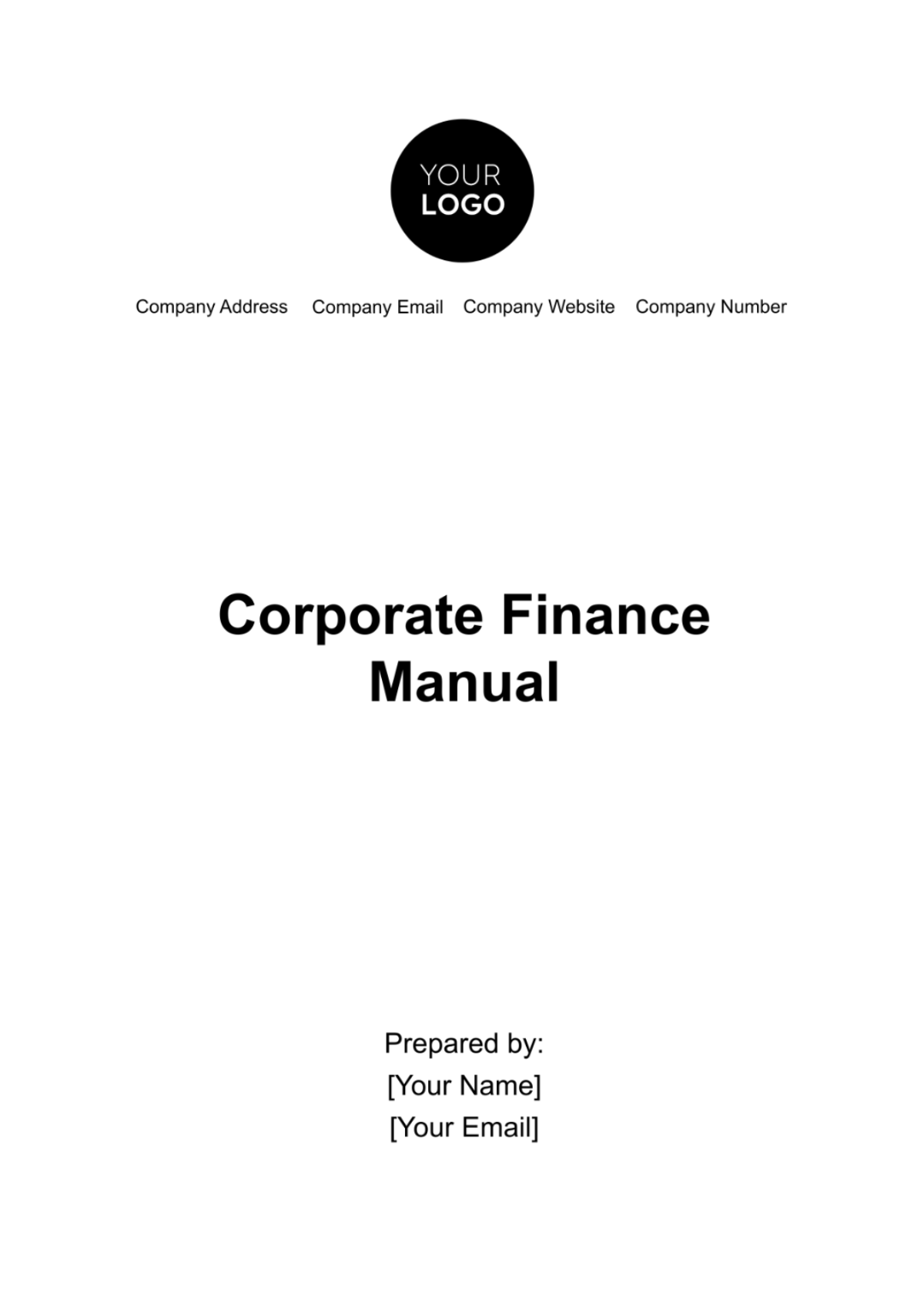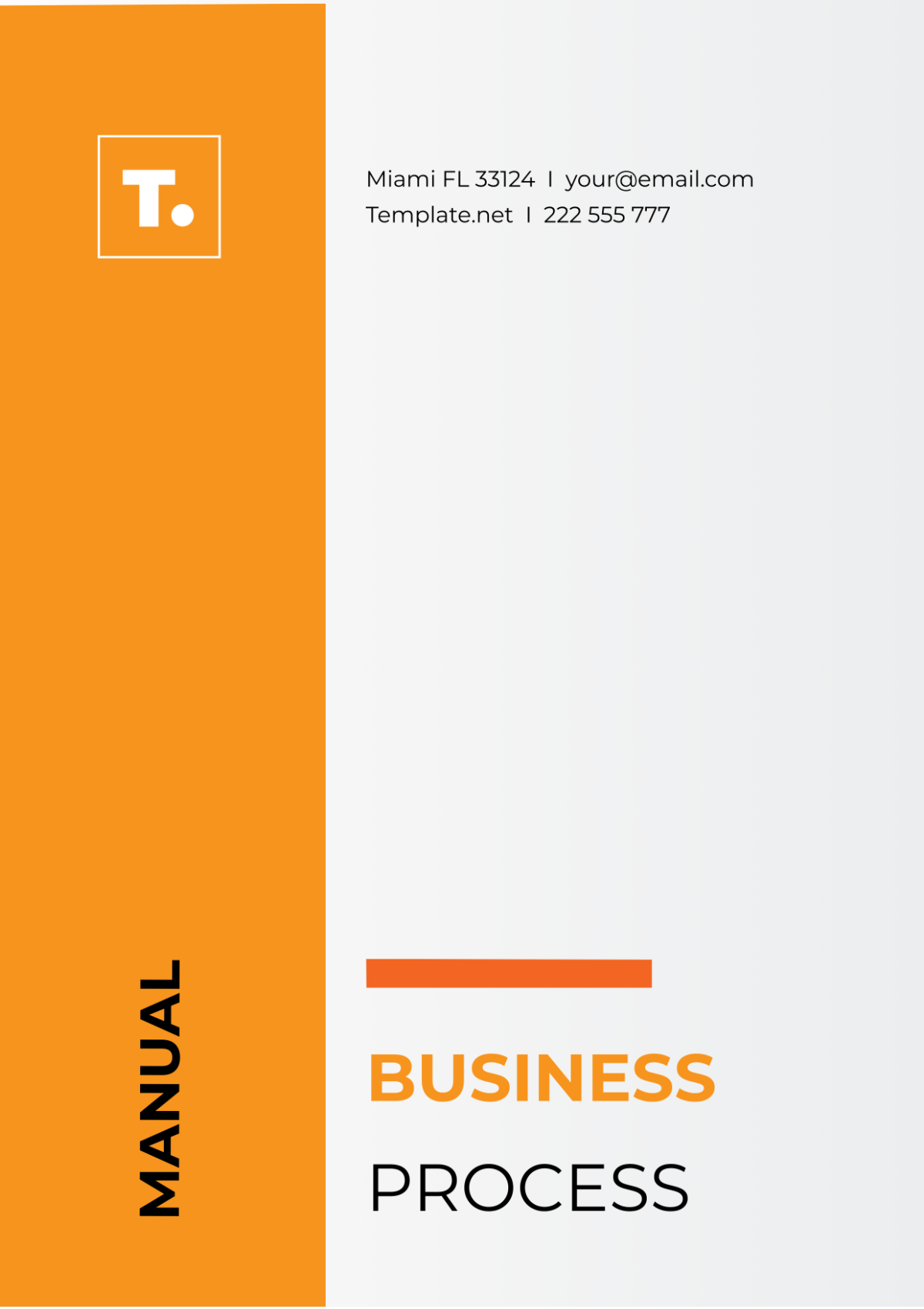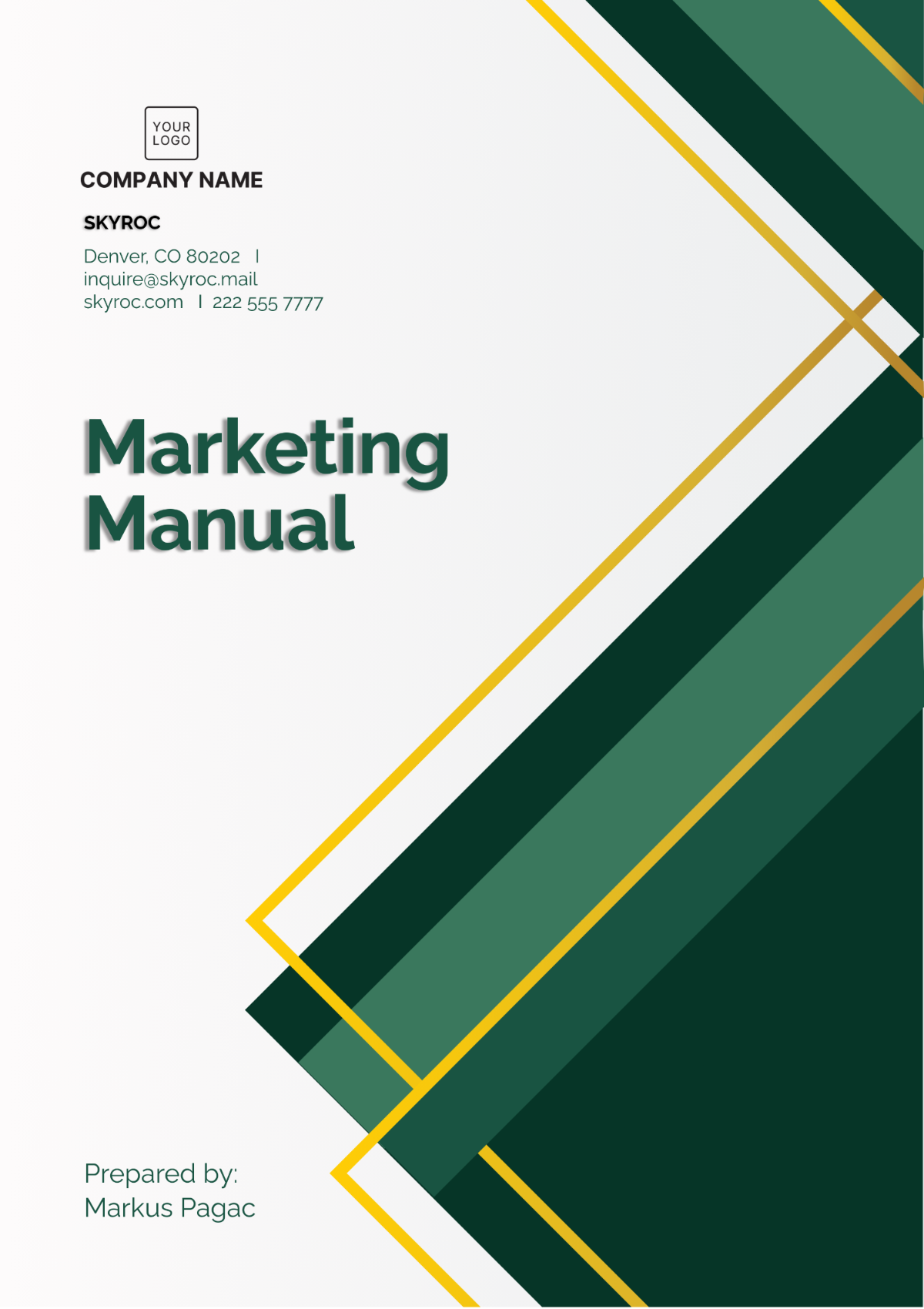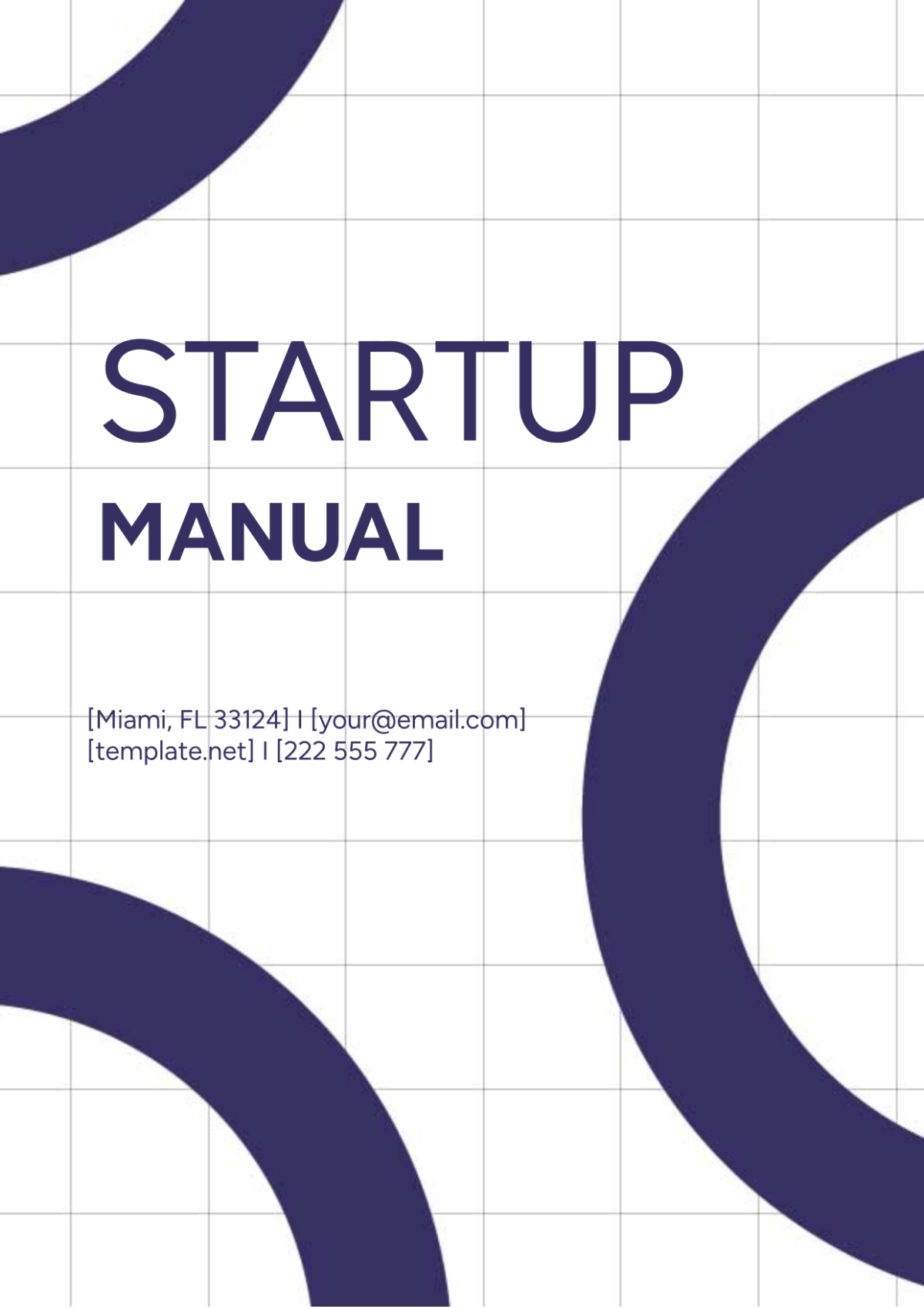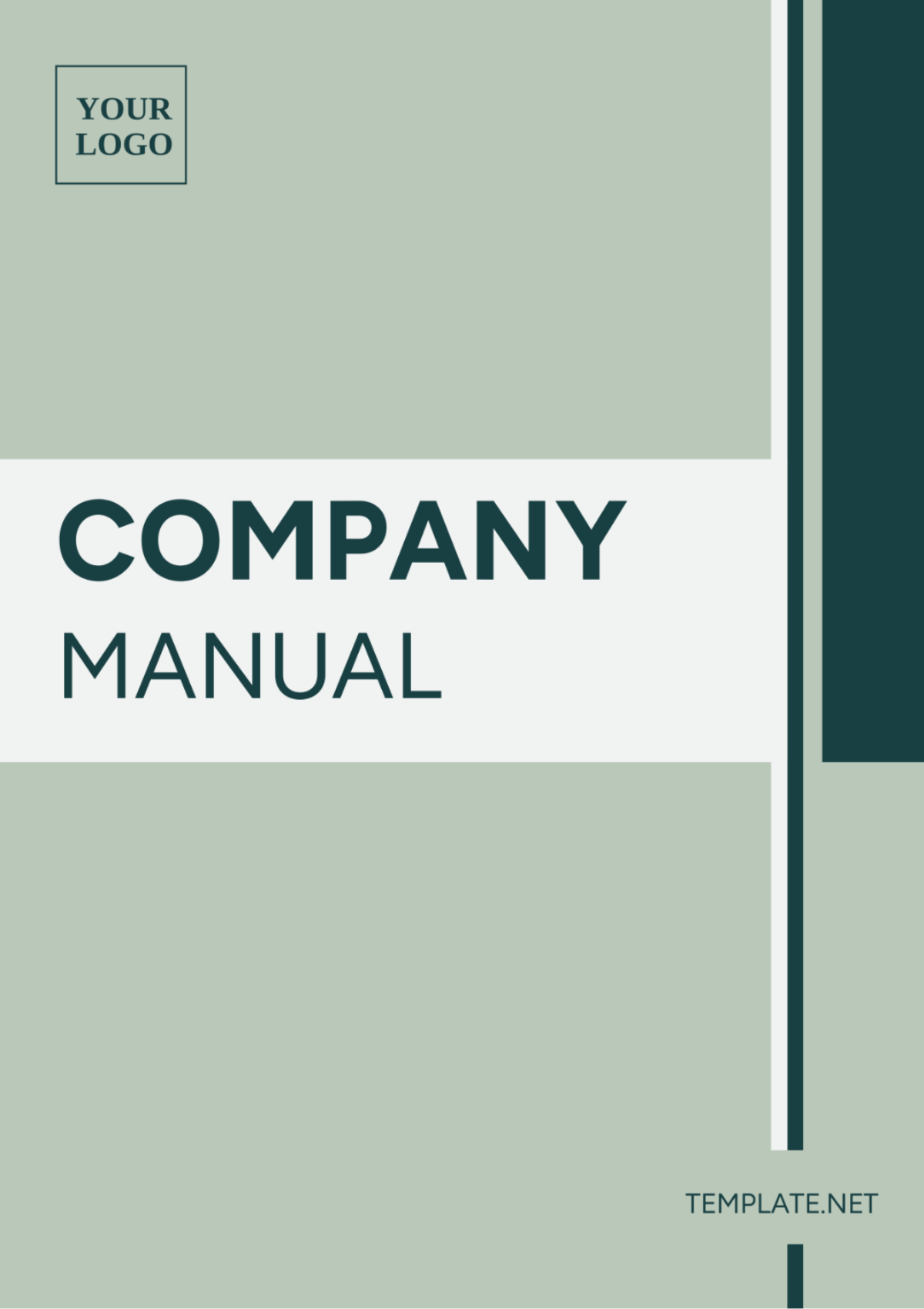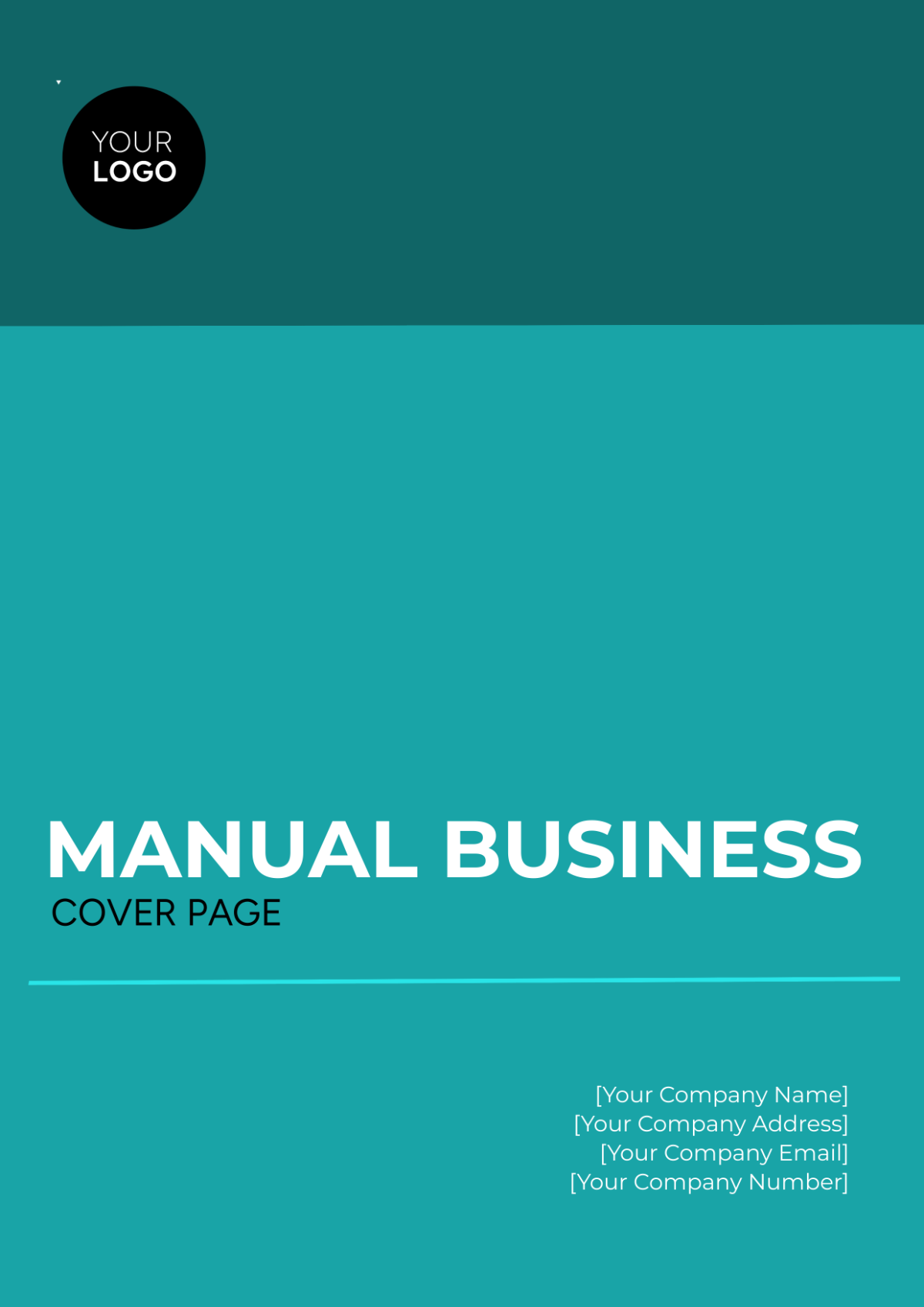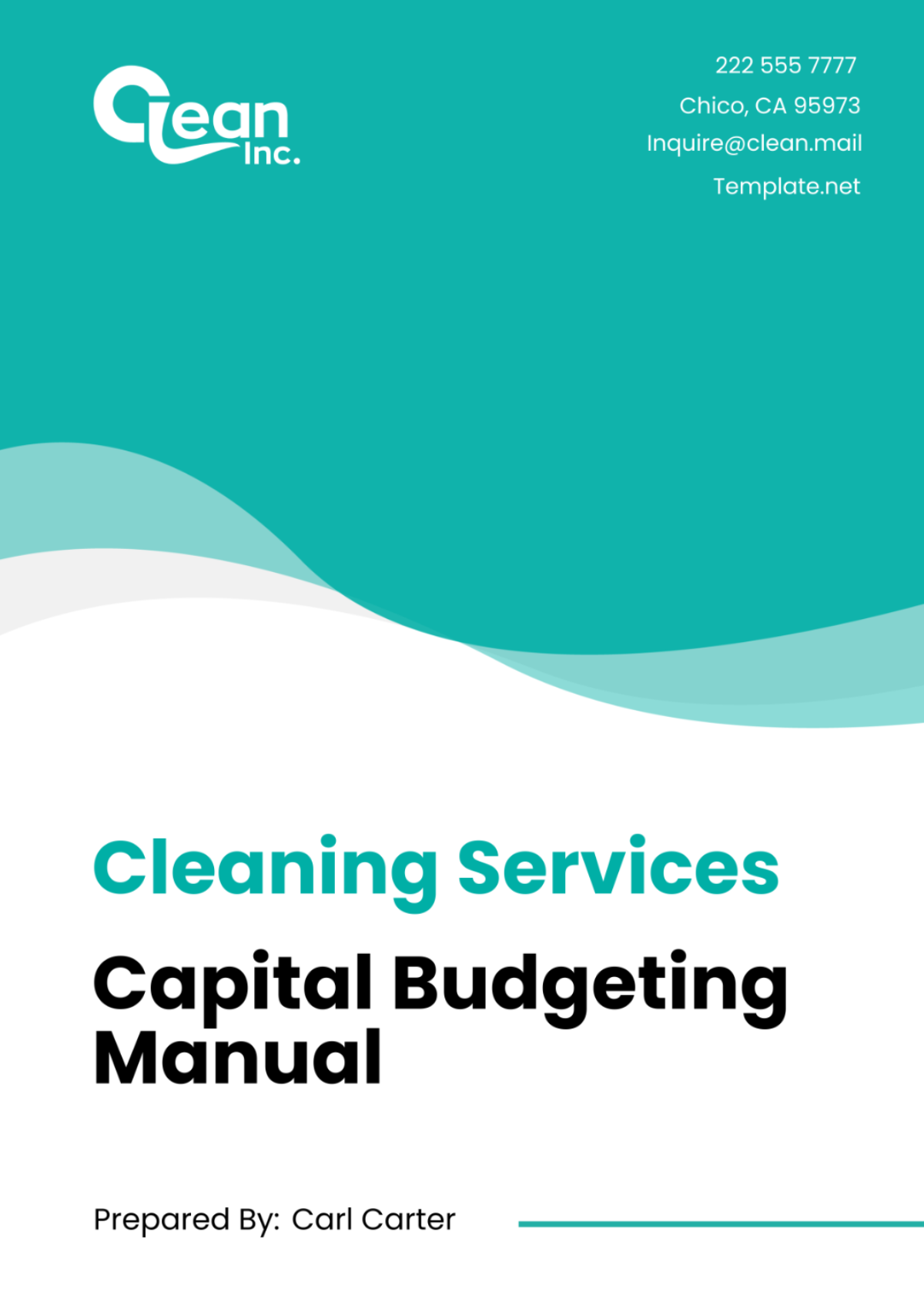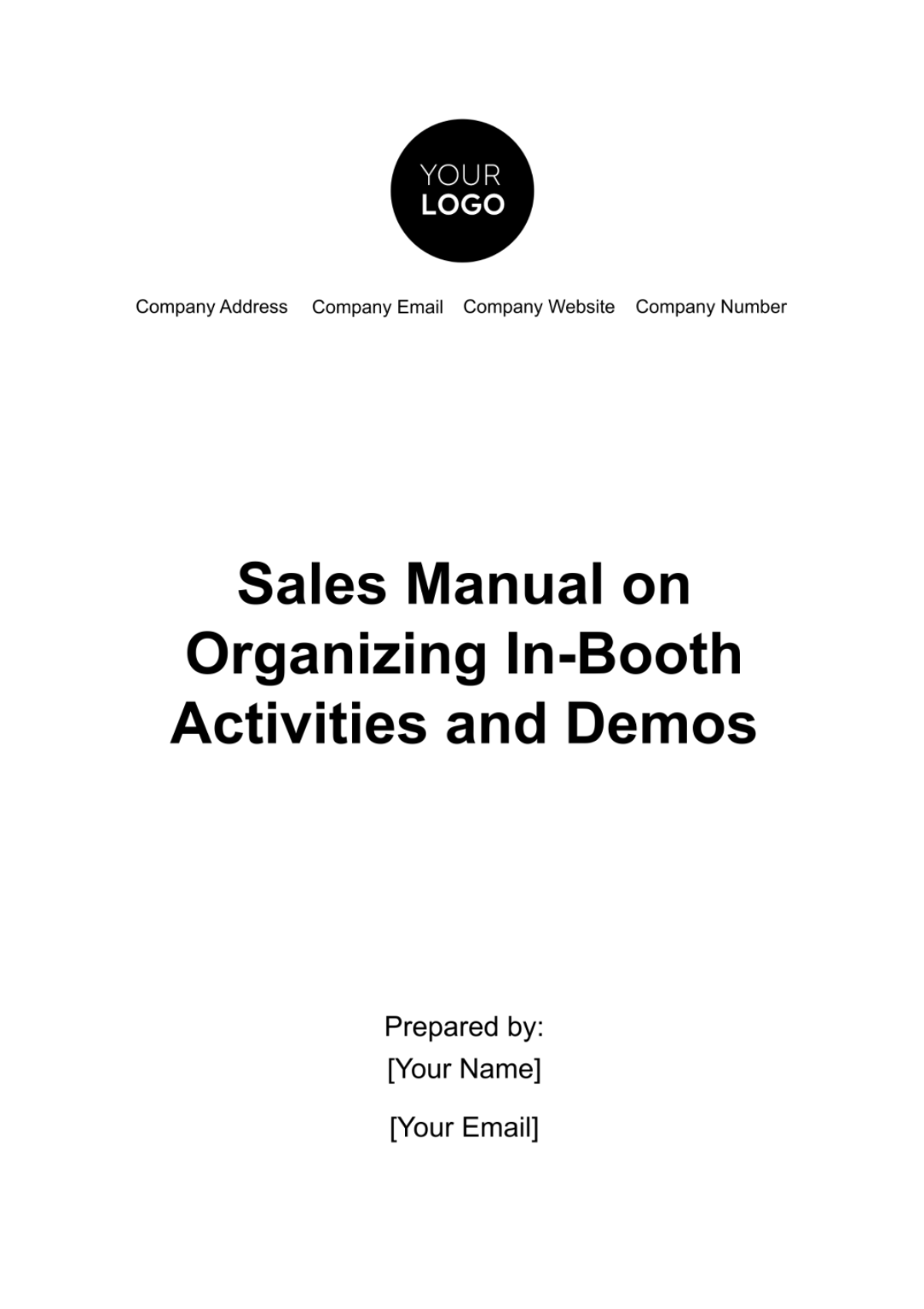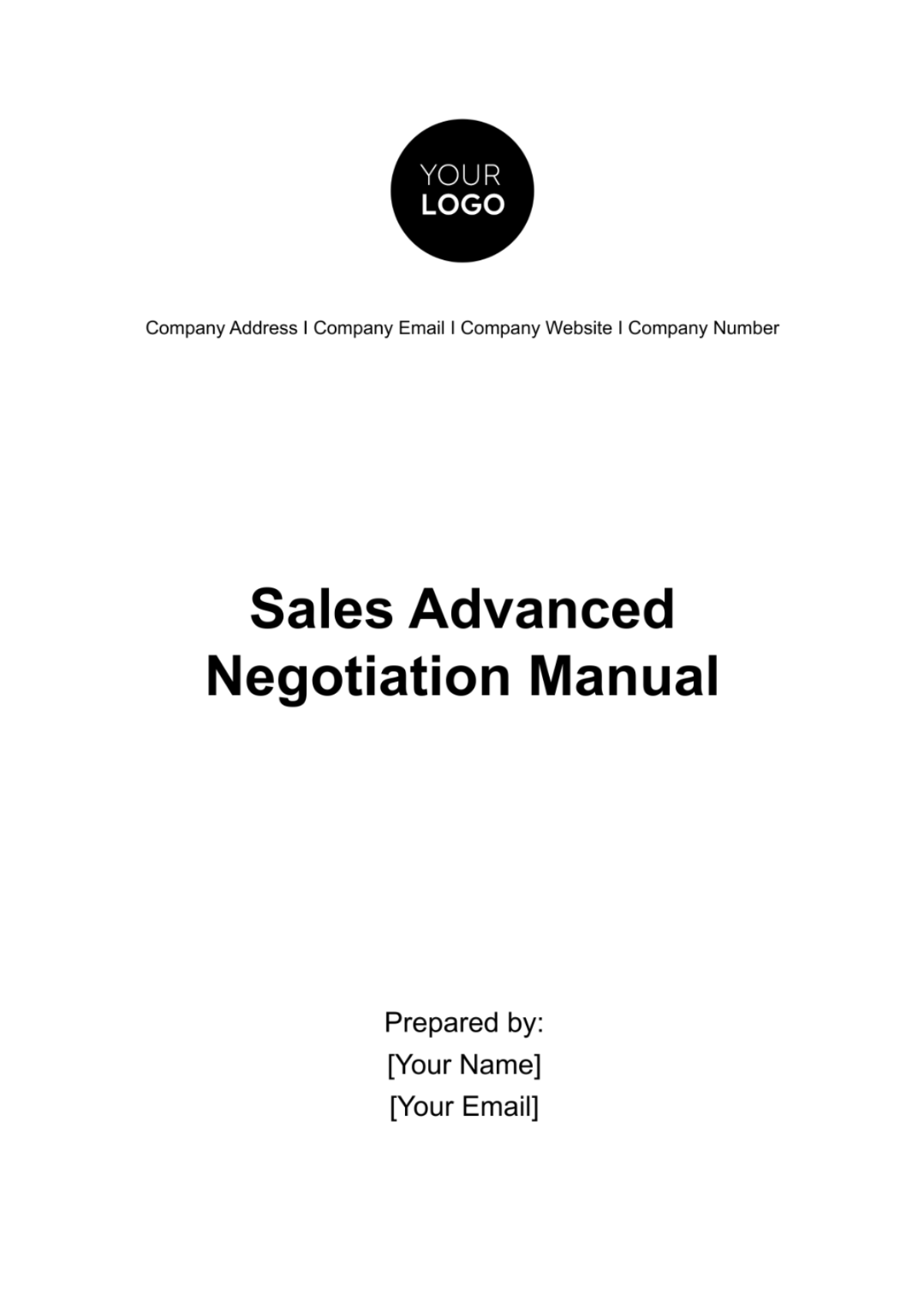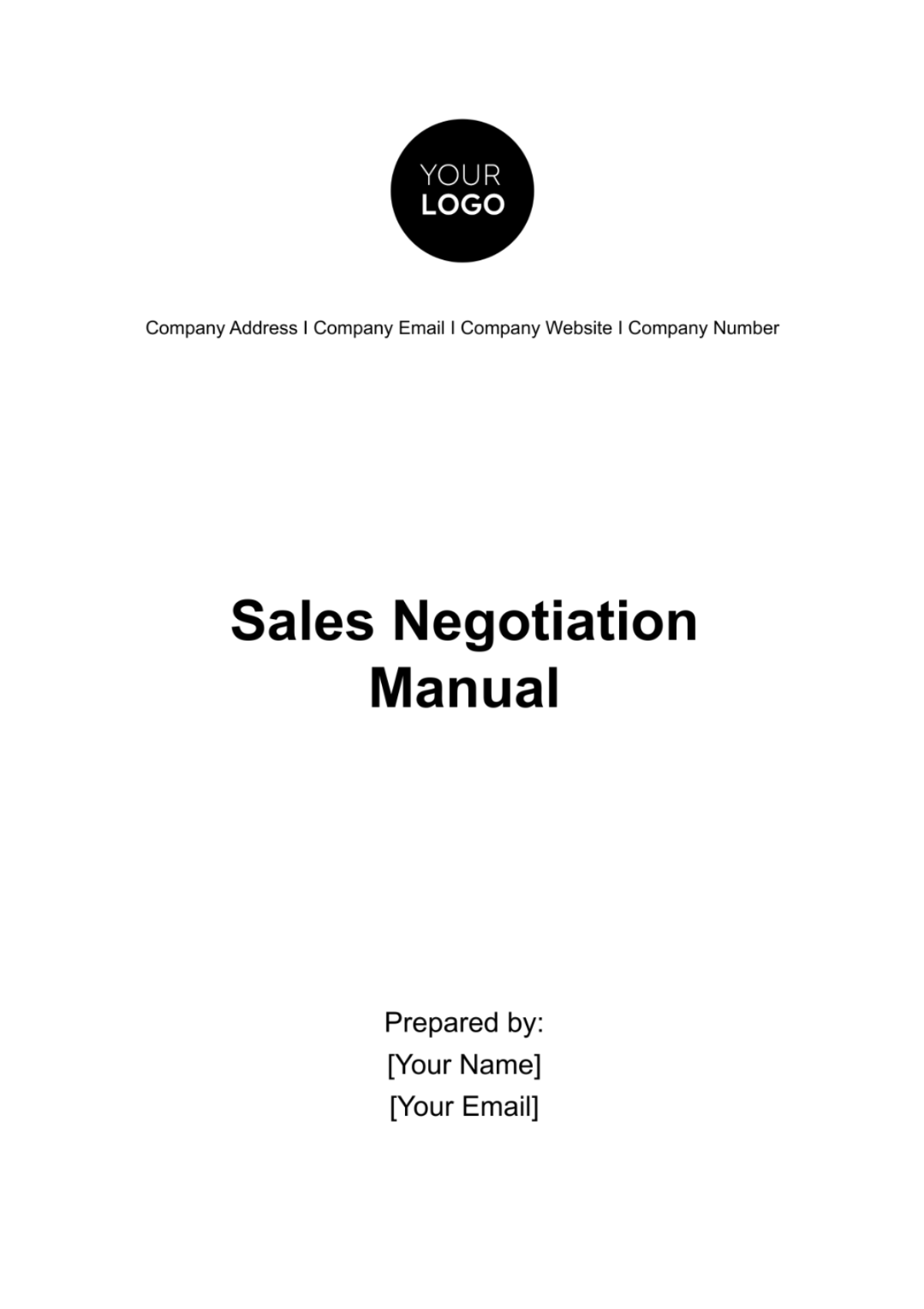Inter-Team Relationship Enhancement Manual
TABLE OF CONTENTS
I. Introduction ..........................................................................................................4
A. Purpose ........................................................................................................................4
B. Scope ...........................................................................................................................4
C. Objectives ....................................................................................................................4
D. Definitions ....................................................................................................................4
II. Understanding Inter-team Relationships ...............................................................4
A. The Importance of Inter-team Relationships .................................................................4
B. Common Challenges .....................................................................................................5
C. Benefits of Strong Inter-team Relationships .................................................................5
III. Roles and Responsibilities ...................................................................................5
A. Human Resources .........................................................................................................5
B. Managers and Team Leaders ........................................................................................5
C. Employees ....................................................................................................................5
IV. Communication Strategies ..................................................................................6
A. Effective Communication Techniques ...........................................................................6
B. Active Listening ............................................................................................................6
C. Providing Constructive Feedback .................................................................................6
V. Conflict Resolution ...............................................................................................6
A. Identifying Conflict .......................................................................................................6
B. Conflict Resolution Strategies ......................................................................................6
C. Escalation Process .......................................................................................................7
1. Team Level Resolution ...................................................................................................7
2. Managerial Involvement ................................................................................................7
3. Human Resources Intervention .....................................................................................7
4. Senior Management Involvement .................................................................................7
5. Executive Review ..........................................................................................................8
6. Continuous Improvement ..............................................................................................8
VI. Collaboration and Team Building ..........................................................................8
A. Team Building Activities ................................................................................................8
B. Collaborative Tools and Resources ...............................................................................8
C. Celebrating Success ....................................................................................................8
VII. Training and Development ........................................................................................9
A. Training Opportunities ..................................................................................................9
B. Continuous Learning .....................................................................................................9
C. Personal Development Plans ........................................................................................9
VIII. Monitoring and Evaluation ...............................................................................10
A. Key Performance Indicators (KPIs) .............................................................................10
B. Surveys and Feedback ................................................................................................10
C. Periodic Reviews .........................................................................................................11
1. Introduction
Purpose
The purpose of this Inter-team Relationship Enhancement Manual is to provide guidelines and strategies for fostering positive inter-team relationships within [Your Company Name]. Strong inter-team relationships are vital for the success and productivity of our organization.
Scope
This manual applies to all employees, managers, and Human Resources professionals at [Your Company Name]. It outlines the principles and practices necessary to promote effective collaboration and communication among teams.
Objectives
The objectives of this manual are as follows:
To enhance understanding of the importance of inter-team relationships.
To provide strategies for improving communication and resolving conflicts.
To promote a culture of collaboration and teamwork.
To support the growth and development of employees.
Definitions
Inter-team Relationships: The interactions, collaborations, and dynamics between different teams within the organization.
Conflict: Any disagreement, discord, or dispute that may arise between teams.
Communication: The exchange of information, ideas, and feedback among team members.
2. Understanding Inter-team Relationships
The Importance of Inter-team Relationships
Strong inter-team relationships contribute to a harmonious work environment and the achievement of organizational goals. Effective collaboration and communication between teams lead to increased productivity and innovation.
Common Challenges
Challenges in inter-team relationships may include miscommunication, lack of trust, and conflicting objectives. Recognizing these challenges is the first step toward addressing them.
Benefits of Strong Inter-team Relationships
The Benefits of fostering strong inter-team relationships include improved problem-solving, better project outcomes, enhanced employee morale, and a positive organizational culture.
3. Roles and Responsibilities
Human Resources
Human Resources plays a crucial role in promoting inter-team relationships by:
Providing training and resources for employees and managers.
Mediating conflicts when necessary.
Monitoring and evaluating the effectiveness of inter-team initiatives.
Managers and Team Leaders
Managers and Team Leaders are responsible for:
Setting the tone for inter-team collaboration within their respective teams.
Identifying and addressing conflicts promptly.
Supporting team members in their efforts to build positive relationships with other teams.
Employees
Employees are expected to:
Communicate openly and respectfully with members of other teams.
Seek help and offer assistance when needed.
Embrace a collaborative mindset and contribute to a positive working environment.
4. Communication Strategies
Effective Communication Techniques
To enhance inter-team communication, consider:
Using clear and concise language.
Choosing the appropriate communication channel for the message.
Being responsive to messages and requests from other teams.
Active Listening
Active listening involves giving full attention to the speaker, asking clarifying questions, and providing feedback. This skill is essential for productive inter-team interactions.
Providing Constructive Feedback
When providing feedback to other teams, focus on specific behaviors or outcomes, be constructive, and offer solutions or suggestions for improvement.
5. Conflict Resolution
Identifying Conflict
Recognizing conflicts early is crucial. Common signs include increased tension, decreased productivity, and unresolved disputes. Address conflicts promptly to prevent escalation.
Conflict Resolution Strategies
Effective conflict resolution strategies include negotiation, mediation, and c
Escalation Process
In the event that conflicts cannot be resolved at the team level, [Your Company Name] has established an escalation process to facilitate resolution and ensure that inter-team conflicts are addressed promptly and fairly.
Team Level Resolution
When a conflict arises, teams involved should make every effort to resolve it internally.
Team members should engage in open and constructive dialogue to find a mutually agreeable solution.
If a resolution is reached at this level, teams should document the agreement and monitor the situation to ensure compliance.
Managerial Involvement
If a conflict persists or cannot be resolved at the team level, team leaders or managers should be informed.
The involved teams should schedule a joint meeting with their respective managers present to discuss the conflict and potential solutions.
Managers will work together to facilitate a resolution, and any decisions or agreements reached will be documented.
Human Resources Intervention
If the conflict remains unresolved or escalates further, the Human Resources department should be contacted.
HR will conduct a thorough investigation, gather relevant information, and meet with the involved parties to understand the issues.
HR may offer mediation services, conflict resolution training, or other interventions as necessary to facilitate a resolution.
Senior Management Involvement
In cases where conflicts are of significant magnitude or complexity, senior management may be brought in to provide guidance.
Senior management will meet with the involved teams, managers, and HR to discuss the conflict, explore potential solutions, and make final decisions if required.
Executive Review
If the conflict reaches this stage and remains unresolved, it may be presented for executive review.
The executive team will assess the situation, consider all available information, and make a final decision or provide directives for resolution.
Continuous Improvement
Regardless of the outcome, all conflicts and the steps taken to resolve them will be documented for future reference and organizational learning.
[Your Company Name] is committed to continuously improving its conflict resolution processes and fostering a culture of open communication and collaboration.
It is the responsibility of all employees to adhere to this escalation process when faced with inter-team conflicts. We encourage a proactive approach to conflict resolution and expect all team members to engage in the process with professionalism and a commitment to finding mutually beneficial solutions.
6. Collaboration and Team Building
Team Building Activities
Organize team-building activities and events to foster better relationships between teams. These activities can be fun and educational and promote teamwork.
Collaborative Tools and Resources
Provide teams with the necessary tools, software, and resources to collaborate effectively, whether in person or remotely.
Celebrating Success
Recognize and celebrate achievements resulting from successful inter-team collaborations. Acknowledging accomplishments reinforces the value of positive relationships.
7. Training and Development
At [Your Company Name], we believe in the importance of training and development to enhance inter-team relationships and overall professional growth. Here are some of the training and development opportunities available to our employees:
Training Opportunities
Inter-Team Collaboration Workshop: This workshop focuses on improving collaboration and communication between teams. It provides practical strategies and tools to enhance inter-team relationships.
Conflict Resolution Training: Learn effective conflict resolution techniques to address and resolve inter-team conflicts constructively.
Communication Skills Enhancement: Enhance your communication skills to ensure clear and effective interactions with team members from different departments.
Continuous Learning
Online Resources: Access to online courses and resources on platforms like [Your Company Name] Learning Portal to further develop your skills in inter-team collaboration.
Internal Knowledge-Sharing Sessions: Regular knowledge-sharing sessions where teams can exchange insights and best practices to promote continuous learning.
Personal Development Plans
Individual Development Plans (IDPs): Work with your manager to create an IDP that aligns with your career goals and includes skill development related to inter-team relationships.
Mentorship Program: Participate in our mentorship program, which pairs experienced employees with those seeking guidance on inter-team relationship development.
We encourage all employees to take advantage of these training and development opportunities to improve their inter-team relationship skills and contribute to a more collaborative work environment at [Your Company Name].
8. Monitoring and Evaluation
[Your Company Name] is committed to continuously monitoring and evaluating the effectiveness of our efforts to enhance inter-team relationships. Here's how we assess and improve our initiatives:
Key Performance Indicators (KPIs)
Inter-team Relationship Satisfaction: We regularly conduct surveys to measure employee satisfaction with inter-team relationships. The goal is to maintain a high satisfaction rate.
Conflict Resolution Time: We track the time it takes to resolve inter-team conflicts to ensure timely and efficient conflict resolution.
Frequency of Collaborative Projects: We monitor the frequency of collaborative projects between teams to encourage and support inter-team cooperation.
Surveys and Feedback
Employee Surveys: Periodically, we distribute surveys to collect feedback on the quality of inter-team relationships and identify areas for improvement.
Anonymous Reporting: We provide a confidential reporting mechanism for employees to express concerns or suggestions related to inter-team interactions.
Open Door Policy: All employees are encouraged to communicate with their managers, HR, or senior management about any inter-team issues or suggestions for improvement.
Periodic Reviews
Quarterly Reviews: We conduct quarterly reviews to assess the effectiveness of our inter-team relationship enhancement initiatives.
Documentation: All inter-team conflicts, resolutions, and improvement efforts are documented for future reference and learning.
Adjustments and Improvements: Based on the results of our monitoring and evaluation efforts, we make necessary adjustments to our strategies and initiatives to continually enhance inter-team relationships.
By monitoring, collecting feedback, and conducting regular reviews, we ensure that our efforts to promote positive inter-team relationships remain effective and aligned with our organizational goals. Your input and participation in these evaluations are highly valued at [Your Company Name].


